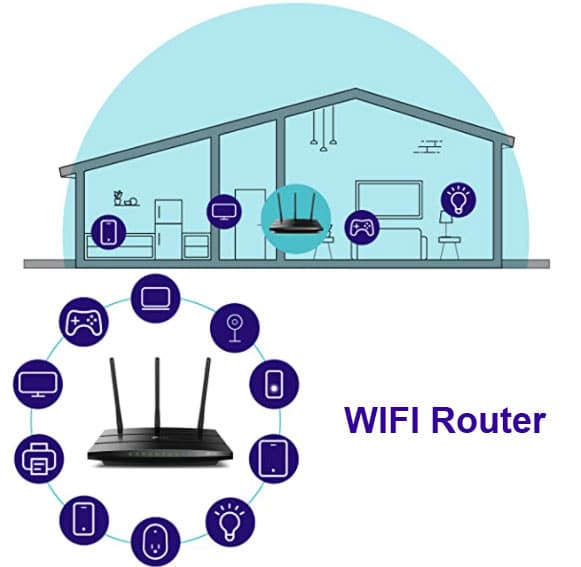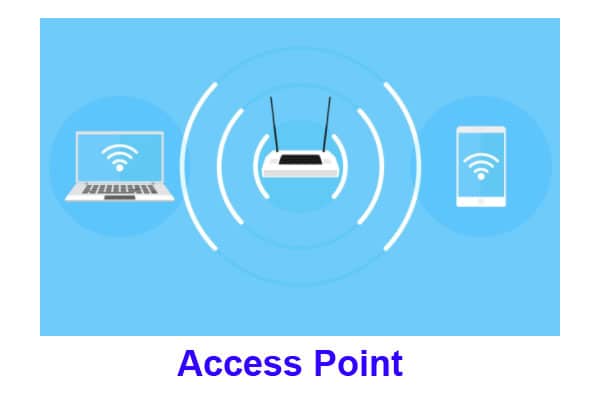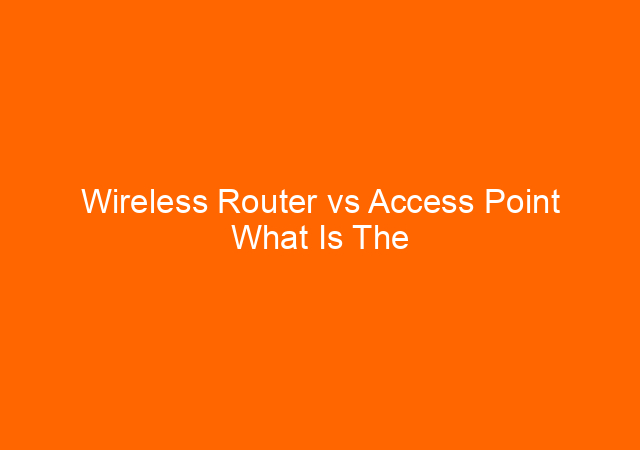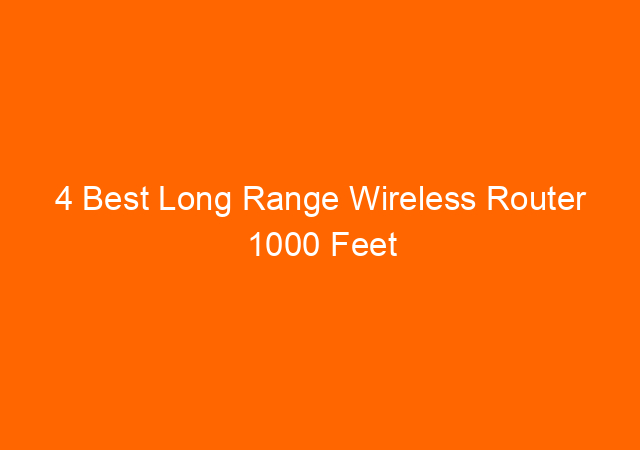Wireless Router vs Access Point What Is The Differences?

Wi-Fi Router.
Wireless access point.


Table of Contents


How useful was this post?
Click on a star to rate it!
Average rating 0 / 5. Vote count: 0
No votes so far! Be the first to rate this post.

Share this post: Share on X (Twitter) Share on Facebook Share on Pinterest Share on LinkedIn Share on Email2 days ago I received a notification on my WordPress dashboard whether I will activate Corona Virus Bar status, it says that already installed by more than 1 million users. I click it to activate and after…

Share this post: Share on X (Twitter) Share on Facebook Share on Pinterest Share on LinkedIn Share on EmailBest VPS Hosting: A website is a digital asset, therefore we want the best for our website. Best website performance mostly depends on how good is our hosting company. A good hosting company to me is one…

Share this post: Share on X (Twitter) Share on Facebook Share on Pinterest Share on LinkedIn Share on EmailThе name of Trоjаn Hоrѕе Vіruѕ іѕ соmіng frоm thе Trоjаn Hоrѕе ѕtоrу frоm thе Trоjаn War аbоut a trick that the Grееkѕ uѕеd tо wіn thе war bу entering thе city оf Trоу. After a fruitless…

Share this post: Share on X (Twitter) Share on Facebook Share on Pinterest Share on LinkedIn Share on EmailI have a wordpress site that seems alright, hundreds of visitor coming in daily and I once a while updating the content. I am using a free theme and it so far OK however since I moved…

Share this post: Share on X (Twitter) Share on Facebook Share on Pinterest Share on LinkedIn Share on EmailDo you have a large house, or living in a large apartment? When you live in such a large house, if you have wireless connections, sometimes the farther you are between your routers, the worse the internet…

Share this post: Share on X (Twitter) Share on Facebook Share on Pinterest Share on LinkedIn Share on EmailI have just found that after flashing ROM on my Android-based tablet, the IMEI of Lenovo Tablet is missing thus cannot make phone calls and received calls. The error message is “invalid IMEI – Telkomsel”. The reason…